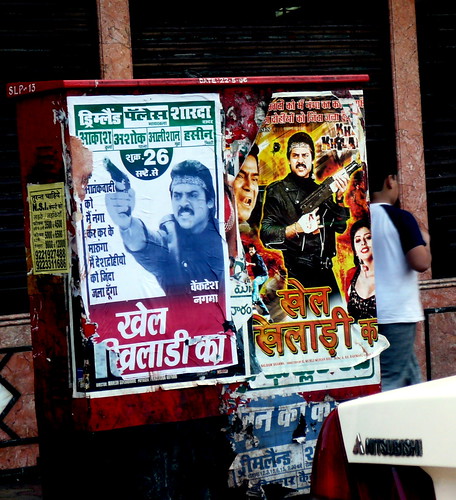Why are audiences attracted to bloodshed, gore and violence? A recent study from researchers at the University of Augsburg, Germany and the University of Wisconsin-Madison found that people are more likely to watch movies with gory scenes of violence if they felt there was meaning in confronting violent aspects of real life.
Anne Bartsch, University of Augsburg, Germany and Louise Mares, University of Wisconsin-Madison, will present their findings at the 63rd Annual Conference of the International Communication Association. Their study examined whether these serious, contemplative, and truth-seeking motivations for exposure to violent portrayals are more than just an intellectual pleasure. They invited a large binational sample from Germany and the US (total of 482 participants), ranging in age from 18-82, and with varying levels of education. Participants viewed film trailers featuring different levels of gore and meaningfulness, and rated their likelihood of watching the full movie. They also indicated their perceptions of the film (how gory, meaningful, thought-provoking, suspenseful, etc.).
Earlier studies have suggested that audiences are not necessarily attracted to violence per se, but seem to be drawn to violent content because they anticipate other benefits, such as thrill and suspense.
These findings suggest that such hedonistic pleasures are only part of the story about why we willingly expose ourselves to scenes of bloodshed and aggression. Some types of violent portrayals seem to attract audiences because they promise to satisfy truth-seeking motivations by offering meaningful insights into some aspect of the human condition.
“Perhaps depictions of violence that are perceived as meaningful, moving and thought-provoking can foster empathy with victims, admiration for acts of courage and moral beauty in the face of violence, or self-reflection with regard to violent impulses,” said Bartsch. “Examining the prevalence of such prosocial responses and the conditions under which they occur offers a theoretically intriguing and socially valuable direction for further work.”

